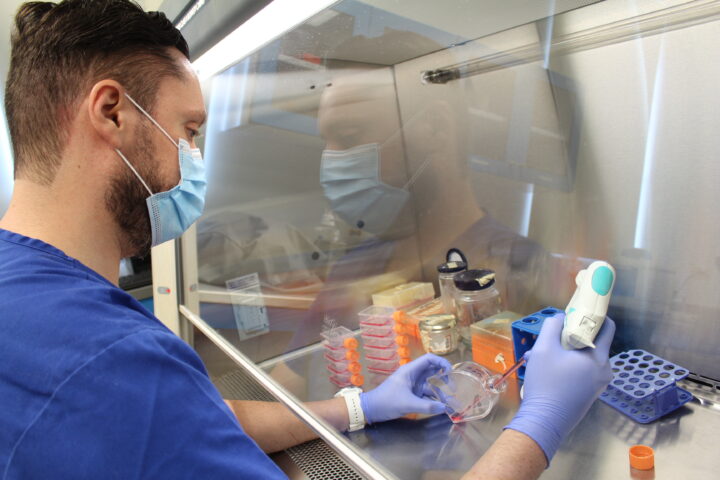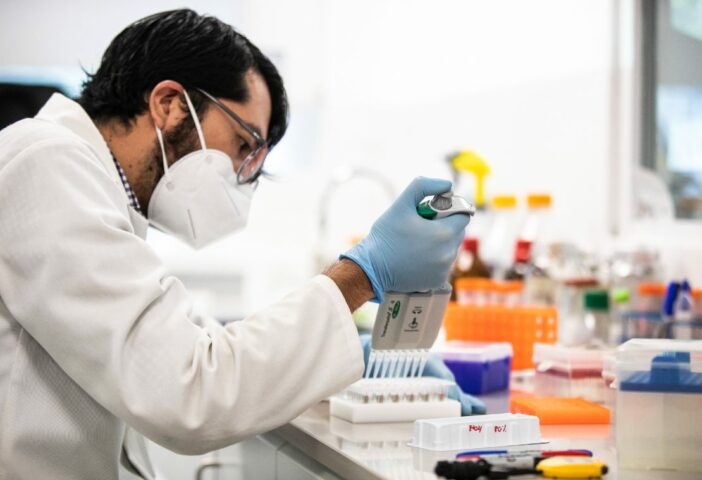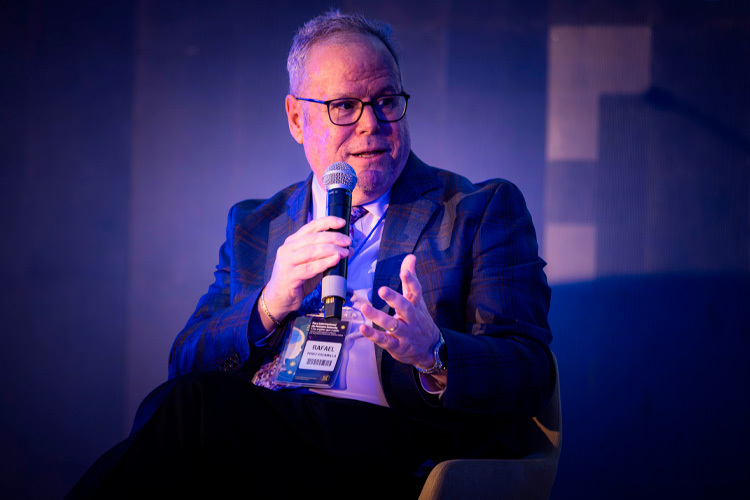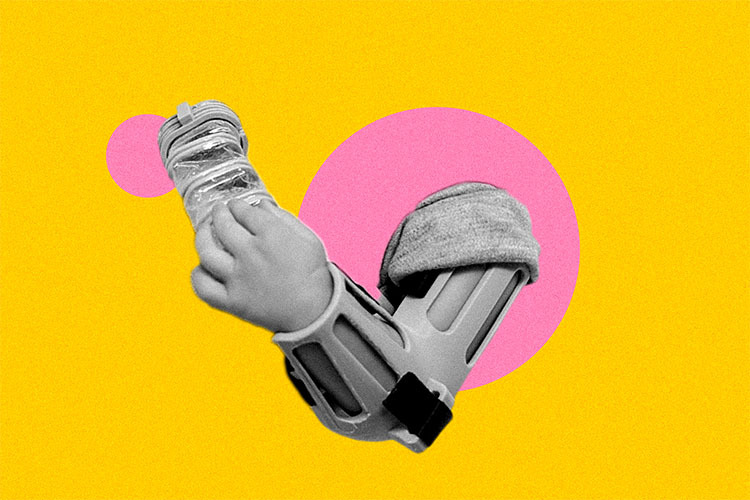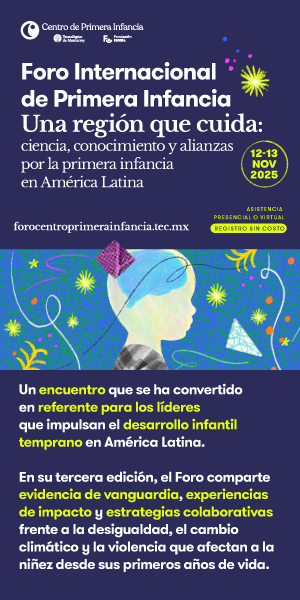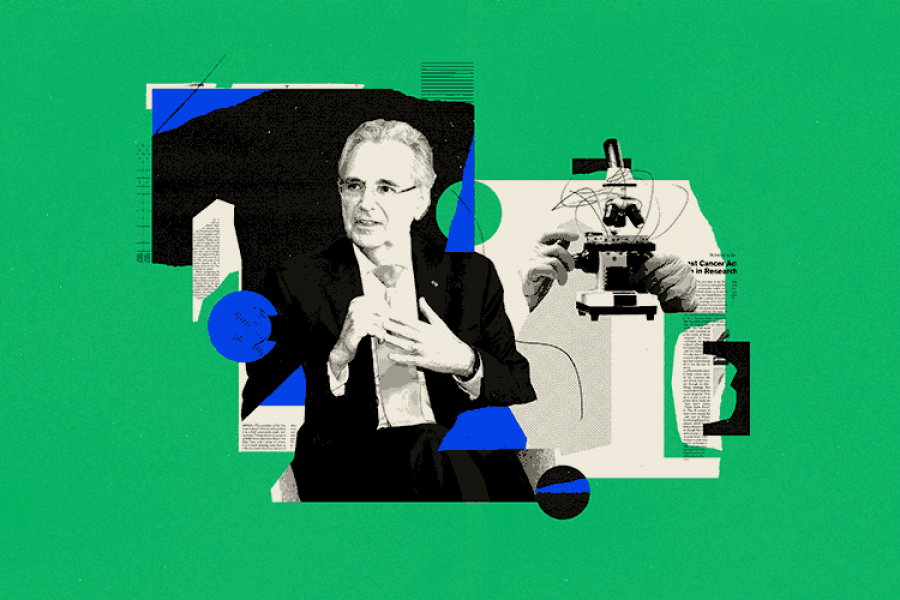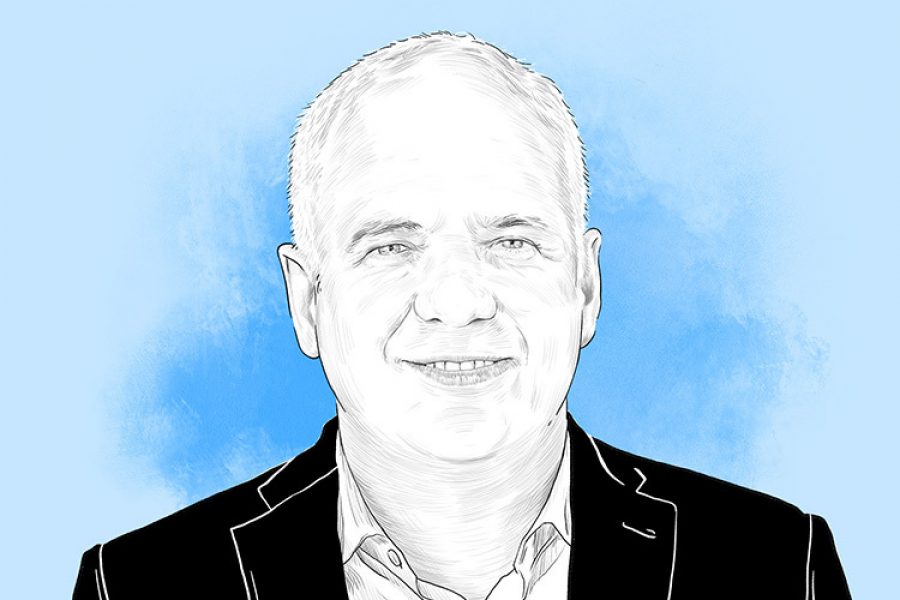In August 2021, Sergio Malacón arrived at the San Jose Hospital of TecSalud in Monterrey with a severe COVID-19 infection. He was 21 years old and a seventh-semester student of the B.A. in International Relations. When he arrived, he did not know that he would spend almost three years hospitalized and become one of the few patients in Mexico to receive a double lung transplant.
Five months after the surgery, at the end of May 2024, Sergio returned home with his family. “There are a lot of emotions, I feel nervous, but at the same time, I am very happy to put an end to this after all the effort I made in the last years.”
For Sergio, the Zambrano Hellion Hospital —to which he was transferred in July 2022— became a kind of home where a team of specialists was always ready to deal with emergencies.
Returning home with new lungs was an achievement that is difficult to express, as it involved dozens of people, including doctors, surgeons, nurses, specialists, an organ donor, blood donors, two committed parents, and acquaintances and strangers who raised money or helped spread the word about his case.
“If I am here, it is thanks to you, and I cannot thank you enough for supporting me,” he says.

Arrival at Zambrano Hellion Hospital
Before being admitted in July 2021, Sergio contracted COVID-19. At that time, the vaccines had already arrived in Mexico, but his turn to receive them had not come.
As days went by, his parents noticed that he was not improving and decided to take him to the emergency room at San Jose Hospital, where, shortly after being admitted, he had a respiratory arrest.
“You see a 20-year-old young man, and so you try to take care of him,” says Brenda Hernández, a surgeon specialized in intensive medicine at TecSalud, who was the first to treat him.
In intensive care, they kept him alive until he could be transferred to the Christus Muguerza High Specialty Hospital where he was placed in extracorporeal membrane oxygenation or ECMO.
“It is a therapy that allows to replace the function of the lung or heart when the patient cannot survive with conventional treatments, such as medications or a ventilator,” explains René Gómez, director of the ECMO and Advanced Cardiopulmonary Support Therapies program at TecSalud.
In most cases, it is used as a bridge to give the damaged organ a break and allow it to recover or to wait while a patient waits for a transplant.
The First Round of ECMO
At Christus Muguerza, the doctors woke him up and placed him on ECMO to replace the function of his right lung, which had suffered more damage.
This consists of placing cannulas in blood vessels from the lungs to the heart. Through one of them, the blood is extracted with a pump and sent to a membrane that works as an artificial lung, oxygenating it and cleaning it of carbon dioxide. Then, through another cannula, it returns to the circulation.
The cannulas are placed and connected to an electrical device through two incisions: one in the skin of the neck and another one in the groin. Even though patients on ECMO can be awake and walk, it is not a simple therapy.
“Beyond the device, ECMO is an entire multidisciplinary team in which specialists from many areas are involved,” says surgeon René Gómez. For it to help, the coordinated effort of experts in ECMO, intensive care, cardiology, cardiac surgery, and cardiopulmonary support is required.
Sergio spent more than five months on ECMO and ,during that time, there were several complications. However, by February 2022 he seemed to have recovered.

Double Lung Transplant
After he was taken off ECMO, in July 2022, he was transferred to Zambrano Hellion Hospital and his rehabilitation was progressing, but his case became complicated once more. “He required mechanical ventilation again, complications arose, and he became very, very ill,” says Gómez.
After failed efforts to recover his lung function with ventilators and intensive care, he was put on a second round of ECMO in May 2023. In this occasion he stayed in this therapy a bit longer than seven months.
“That’s when we realized that his lung was not going to recover, so we considered the option of a transplant,” explains Gómez.
When they analyzed whether the left lung could recover, they realized that it also had severe damage, so he would require a double lung transplant.
Lung transplants are among the most complex surgeries because of the high rejection rate. Around 7,000 are performed worldwide each year, a much smaller number than kidney transplants, which number more than 92,000. Most are done in developed countries such as Canada, the United States, Spain, and Austria. In Mexico, only two lung transplants were registered in 2024.
A double lung transplant is even more complex because a compatible donor with two healthy lungs must also be found.
Sergio’s case was complicated not only because of that but also because of the infections he had previously and because he was on ECMO for a long time.
“The chances of success were meager; it was going to be a high-risk surgery,” says doctor René Gómez.

TecSalud’s First Double Lung Transplant
The group of experts treating Sergio presented his case to various hospitals specializing in transplants worldwide, but it was rejected due to its complexity.
Faced with this, the team decided to make history by performing the first double-lung transplant from TecSalud. “We decided to take the risk and try to ensure that this 20-year-old young man could live,” says Gómez.
The case was accepted after a lot of paperwork and daily meetings with the team. Now, all that was left was to wait for two healthy lungs from a compatible donor to arrive.
By then, Sergio had been hospitalized for over two years but was determined to recover. He exercised, ate well, and followed all the instructions to be in the best state of health possible.
“The first time I heard about the transplant, I was afraid, mainly because I didn’t know what the surgery consisted of,” says Sergio.
Finally, in December 2023, the donated organs arrived and after nine hours of surgery, his lungs were replaced.

The Importance of Organ Donation
He could return home thanks to Sergio’s effort and resilience and the hard-working team that cared for him.
From that moment on, the recovery stage began, consisting of special care to increase his life expectancy. “After a transplant, 50% of patients will develop an infection,” says Diego Jaime, an infectious disease specialist and clinical microbiologist who was part of the team that cared for Sergio.
Infections not only increase the risk of complications but can trigger a rejection event of the transplanted organs, so it is essential to take precautions.
However, Sergio’s story is one of hope, where family members, experts, acquaintances, and strangers come together to give him a new opportunity. For him, it is a reminder of the importance of the culture of organ donation.
Around the world, thousands of people await the arrival of organs, and not everyone is as lucky. In Mexico, in 2021, 22,000 people were on the waiting list to receive an organ or tissue, according to the Ministry of Health.
“It is very important to raise awareness of what a transplant can mean for someone,” says Sergio. “It can be the difference between life and death, as it was for me.”
Were you interested in this story? Do you want to publish it? Contact our content editor to learn more marianaleonm@tec.mx

